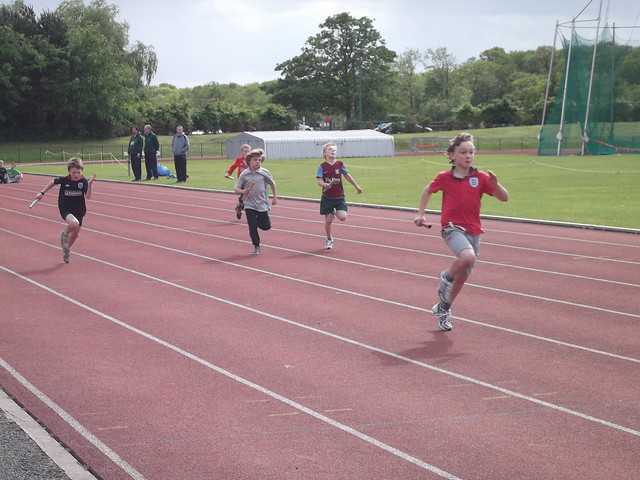The three workshops in this series are designed to stand alone so your program doesn't have to take all three workshops - although it is encouraged! Each workshop is 2 hours.
Thanks to LINC site coordinators LaKeshia Lewis, Paul Lichtenauer, Melanie Scott, and Carl Wade for their work in helping to develop this series.
Behavior Management: The Adult
Objectives - Adults can lessen the likelihood of problems and deal more effectively with children’s behavior when they do arise through:
- How we move
- What we say
- What we don’t say
- Practice scenarios
Behavior Management: The Child
This workshop focuses on:
- Using Maslow's Hierarchy of Needs to identify reasons for children’s behavior
- Recognizing how to address behaviors
- Understand the difference between punishment and behavior management
Check out this video of the Power Point presentation from this workshop for an idea of what you can expect:
Behavior Management: The Environment
This workshop will focus on how to:
- Identify 4 environmental factors which affect behavior
- Use 4 C’s to improve those factors
- Develop plan to improve at least 1 factor
To have this delivered as an on-site workshop contact Toolbox Training.
Check out the workshops tab for a full list of titles.


















